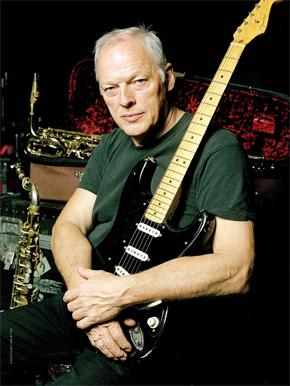 Edification is something few musicians gravitate towards in this fame-fueled culture. To describe David Gilmour’s show at The Hollywood Bowl on Thursday night means wrestling with frustration at my own naivety regarding what is possible in sound. The ability to make innocence and darkness repeatedly resist and then dance together in a blank space all their own is a cosmic talent the universe has bestowed specifically on Gilmour, and he faithfully gives it back in obedience and love. How creator does not bow to his own creation in regards to Gilmour’s work is beyond me. He opened the show softly with a few songs from his most recent solo album, Rattle That Lock, before he played the first note of Pink Floyd’s “Wish You Were Here.” The sold out Hollywood Bowl filled with adulation. Gilmour brought in his own sound engineers, and the word in the neighborhood of the Hollywood Hills is that there were several rehearsals to reach this level of unified supremacy in sound. The Hollywood Bowl showed us all what she was built for as intense waves pleasurably reverberated to the center of our core.
Edification is something few musicians gravitate towards in this fame-fueled culture. To describe David Gilmour’s show at The Hollywood Bowl on Thursday night means wrestling with frustration at my own naivety regarding what is possible in sound. The ability to make innocence and darkness repeatedly resist and then dance together in a blank space all their own is a cosmic talent the universe has bestowed specifically on Gilmour, and he faithfully gives it back in obedience and love. How creator does not bow to his own creation in regards to Gilmour’s work is beyond me. He opened the show softly with a few songs from his most recent solo album, Rattle That Lock, before he played the first note of Pink Floyd’s “Wish You Were Here.” The sold out Hollywood Bowl filled with adulation. Gilmour brought in his own sound engineers, and the word in the neighborhood of the Hollywood Hills is that there were several rehearsals to reach this level of unified supremacy in sound. The Hollywood Bowl showed us all what she was built for as intense waves pleasurably reverberated to the center of our core.
Gilmour brought Graham Nash and David Crosby (Crosby Stills and Nash) onto the stage to perform “Us and Them” from Pink Floyd’s 1973 album Dark Side of the Moon. Before we can get past the fact that we just heard Crosby and Nash perform a Pink Floyd song, the hypnotic graphic footage for the following song, “Money,” was like a planetarium of ’70s glamour and indulgence. Sitting in the most perfect seat at the middle of the Bowl, I couldn’t help but be sucked into the tunnel of flying coins and the perfect technical precision at which the graphics were matched to the music. “Shine On You Crazy Diamond” was delivered in the second set with ghostly trans-like layers of notes and seductive lights before smashing us awake with screams from Gilmour’s guitar and bright, white, brilliance from center stage bursting forth onto the audience. A modern video was woven through just right, depicting the rise and tragic fall of a young man’s life unfolding into insanity, probably resembling the life of former Pink Floyd member Syd Barrett (whom the song was written for).
For “In Any Toungue,” a song with anti-war lyrics written by Gilmour’s wife Polly Samson, featured animation on an enormous moon-shaped screen depicting a young soldier caught up in the glory and tragedy of war. Like most of Gilmour’s music, it made us think beyond our own egos to something more ubiquitous. Gilmour’s highly intelligent compositions are for thinking men with conviction, far from the stoner audience I originally anticipated, and this song does not let you forget that.
The magical, unexpected moment of the night was the spectacular firework display towards the end of the second set, which brought us all back to Gilmour’s seemingly happy place of childlike innocence. Again after being lulled to meditation by waves of graphics, colors and smooth instrument transitions, which are a mind trip all on their own, the sky explodes with a well choreographed show of heat and light. “Comfortably Numb,” a Pink Floyd stable, was Gilmour’s final song and Crosby joined again. So pleased that he delivered more than expected, the audience responded with an array of unexpected emotion. Gilmour’s fans are long time followers and he has earned his place as one of the greatest composers ever.
Even the full moon seemed to smile down.
-Bylle Breaux


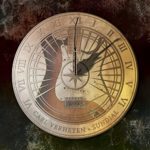
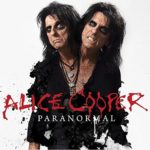
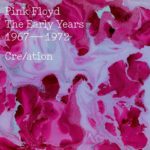
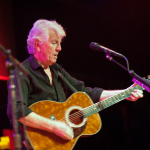

[…] Published in Elmore Magazine […]